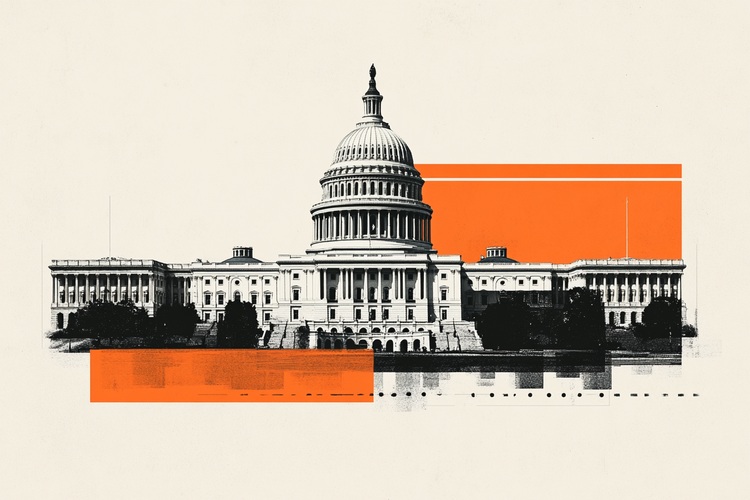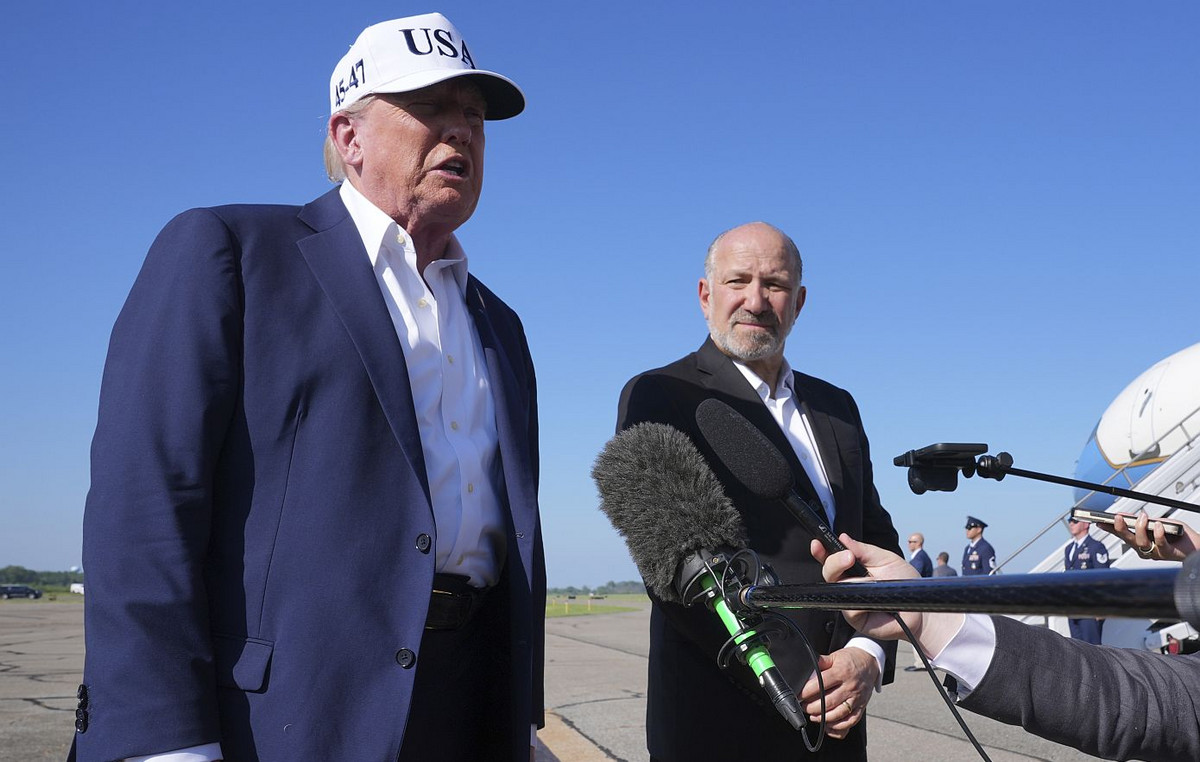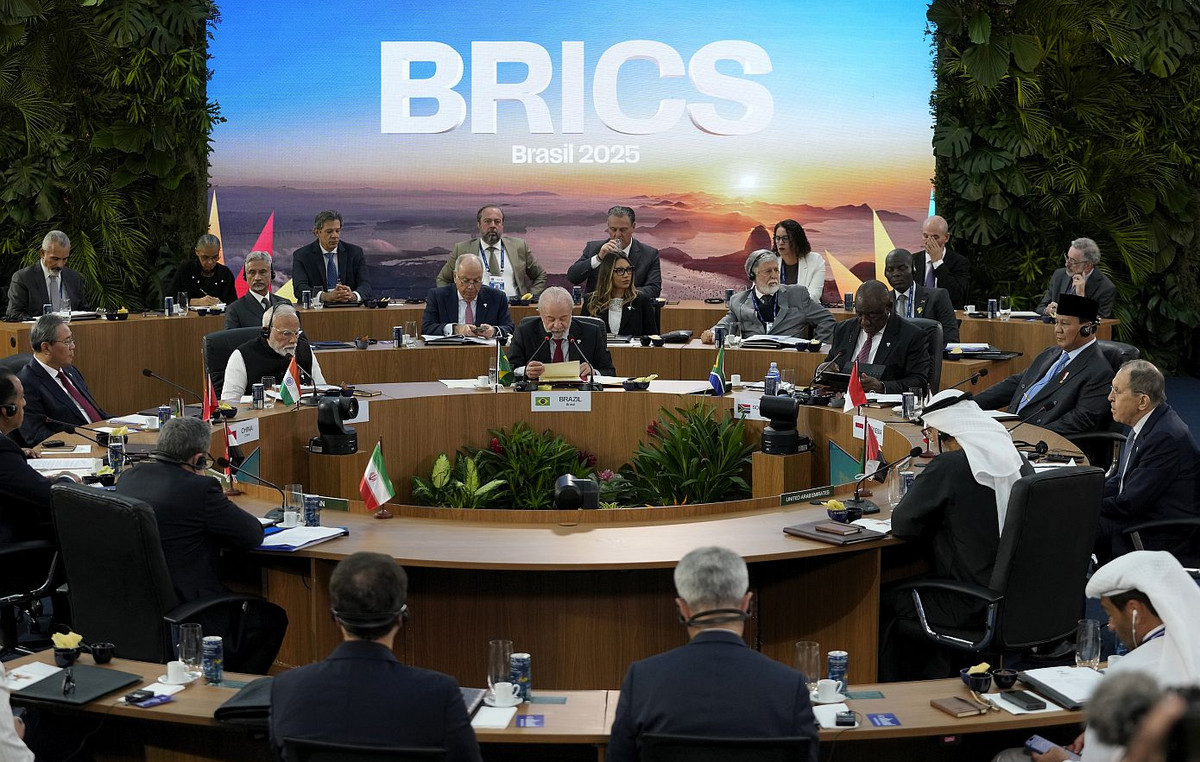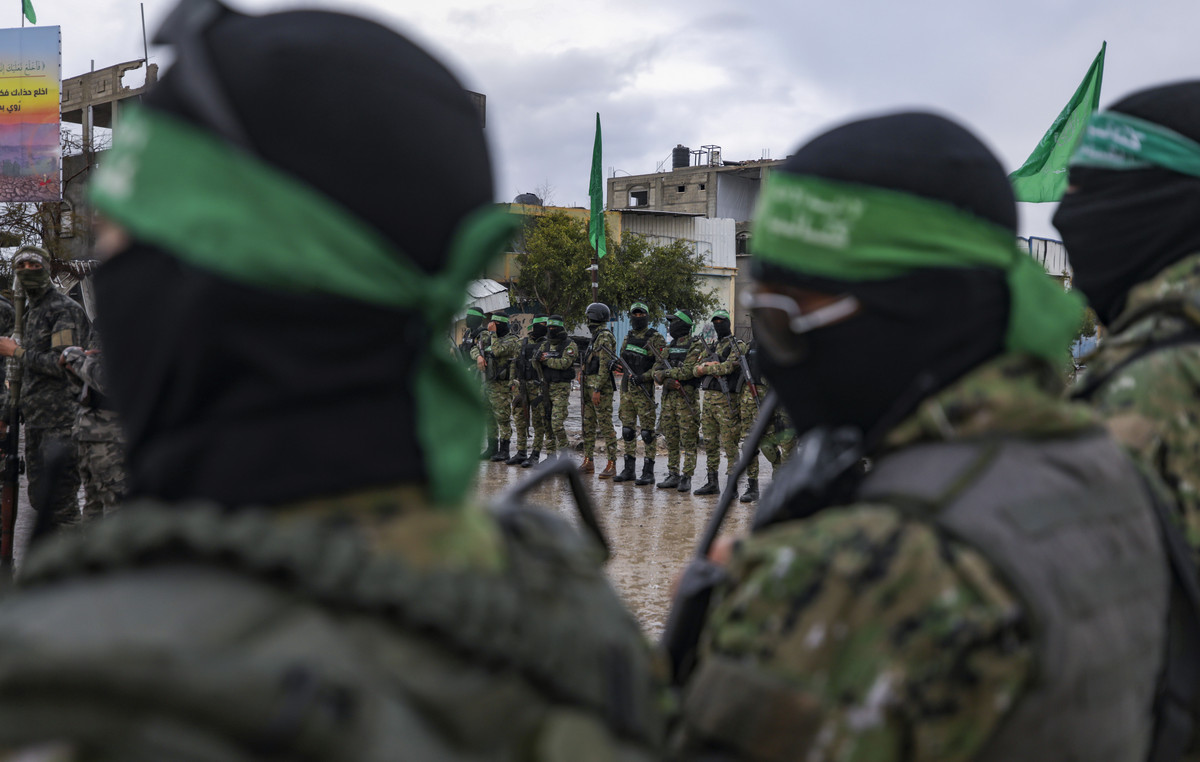The war in Ukraine, which will complete a month this week, is considered by some experts and officials to be the biggest security crisis in Europe since the Cold War.
After the Russian invasion, on February 24, millions of people left Ukrainian territory, in one of the biggest crises of forced displacement in the world, also causing thousands of deaths between civilians and military.
This, however, is just one of the armed conflicts between countries in the 21st century. CNN lists some of the major invasions and wars between nations in recent years.
Afghanistan
One of the most striking conflicts of this century is the US invasion of Afghanistan, a war that lasted 20 years.
After the events of 9/11, in which Al-Qaeda, a Middle Eastern terrorist group, hijacked planes and crashed them into the Pentagon and the Twin Towers – killing thousands of people – then US President George W. Bush authorized the bombing of targets by the armed group and the Taliban on October 7, 2001.
On October 26 of that year, there was the first recorded action in Afghan territory by American troops, in a complex that would have been used by the Taliban leader, Mullah Mohammed Omar.
The attack against the United States was also considered an aggression against the North Atlantic Treaty Organization (NATO). Thus, several other countries such as the United Kingdom, Turkey, Canada, Germany, Italy and France also sent soldiers to Afghanistan.
On December 7, 2001, the last Taliban-controlled city fell to opposition forces.
During the Obama administration and the 2010s, the war continued, with bombings and clashes on the ground between US troops and terrorist groups such as the Taliban.
In February 2020, the United States and the Taliban signed an agreement with the prospect of a complete withdrawal of American troops from Afghan territory. The deadline for this agreed by the administration of Donald Trump, the American president at the time, was May 1, 2021.
Joe Biden, who began his term as US president on January 30, 2021, extended the evacuation to August 31 of that year.
Close to the threshold for US action, the scenario started to get more tense. Contrary to the Pentagon’s prospects, the Taliban easily regained control of the country, missing only the capital, Kabul.
On August 26, 13 American soldiers and more than 160 Afghans were killed in a bomb attack by the Islamic State-K, an arm of the Islamic State.
On August 30, 2021, the last US military aircraft left the country.
The Taliban is now in control of Afghanistan, just as it was 20 years ago when the war began. Videos circulating on the internet show the armed group under control of US war equipment left behind.
Foreign officials expressed concern about the new government, saying the rights of women and children would be taken away, something the Taliban denies.
Iraq War
After the invasion of Afghanistan, some countries were added to a list of nations that constituted the “axis of evil”, that is, they were a threat to the United States. Among them, Iran, Iraq and North Korea.
On September 16, 2002, faced with the threat of US air strikes, Iraq unconditionally agreed to the return of UN inspectors to check the country’s weapons.
On March 19, 2003, however, George W. Bush announced that US forces and a coalition force had begun military action in Iraqi territory – it was already March 20 in the Middle East country.
Saddam Hussein, Iraq’s dictator at the time, was captured on December 13 of that year. A domestic government took office in June 2004.
A month later, in July 2004, Hussein went on trial for the first time. He was accused of various crimes such as the invasion of Kuwait.
In November 2006, Hussein was found guilty and sentenced to death for the murder of 148 Iraqis in 1982. A month later, on December 30, 2006, he was hanged.
The withdrawal of US troops from the country only began in 2009, being completed on December 15, 2011.
Invasion of Georgia in 2008
The conflict between Georgia and Russia took place in South Ossetia and Abkhazia, two “breakaway provinces”, in August 2008. They are officially part of Georgia but have separate governments not recognized by most countries.
Both territories are supported by Russia.
During the five-day conflict, 170 Georgian military, 14 police and 228 civilians were killed and 1,747 wounded. Sixty-seven Russian servicemen were killed and 283 were wounded, and 365 South Ossetian servicemen and civilians (combined) were killed, according to an official European Union report on the conflict.
Second Chechen conflict
In 1999, then Russian President Boris Yeltsin ordered a counter-terrorist operation in Chechnya, a republic in southwestern Russia, in the Caucasus Mountains region.
The action came after “Islamic rebels” invaded the Russian Republic of Dagestan.
Russia declared an end to its 10-year anti-terrorist operation in Chechnya in April 2009, with the rebel movement largely suppressed.
According to UNICEF (United Nations Children’s Fund), since 1994, 700 people have been killed by landmines left by the conflict between the two countries.
First Russian invasion of Ukraine: the annexation of Crimea
The conflict between the two countries dates back to the Soviet Union – Ukraine was a former republic of the USSR. Thousands of Ukrainians consider themselves Russians and want independence from the country, which is one of the reasons for the current war in Ukraine.
In February 2014, Andrii Parubii, Ukraine’s head of security and national defense, said that the country’s military and police forces prevented Russian military forces from seizing two airports in Crimea.
In March of that year, the Russian Parliament’s upper house voted to send troops to Crimea on the same day that pro-Russian leader Sergey Aksyonov asked Putin to help keep the peace.
Days later, the Crimean Parliament voted to hold a referendum on leaving Ukraine and becoming part of Russia, which was approved by 96.7% of the population.
After Putin signed the decree recognizing the annexation of the region, the UN, in a session of the General Assembly, decided that the referendum was not valid.
The ceasefire took place at the end of that year, but conflicts in the area have frequently erupted.
Nagorno-Karabakh
The place is a mountainous region within the territory of Azerbaijan and recognized by international law as part of the country. But ethnic Armenians, who make up the majority of Nagorno-Karabakh’s population (estimated at 150,000), reject Azerbaijani rule.
They have run their own affairs with Armenia’s support since Azerbaijani troops were expelled from the territory in a war in the 1990s. Both sides signed a ceasefire agreement in 1994. However, at least 200 people were killed. in a violent explosion in 2016.
The Nagorno-Karabakh region is almost entirely dependent on funds sent from Armenia and donations from the Armenian diaspora around the world.
In 2020, the two countries clashed again, leaving more than 300 dead. At the time, the chairman of the International Committee of the Red Cross (ICRC), Peter Maurer, said the fighting was so intense that even staff working close to the line of contact often had to take shelter.
*with information from CNN International
Source: CNN Brasil
I’m James Harper, a highly experienced and accomplished news writer for World Stock Market. I have been writing in the Politics section of the website for over five years, providing readers with up-to-date and insightful information about current events in politics. My work is widely read and respected by many industry professionals as well as laymen.







